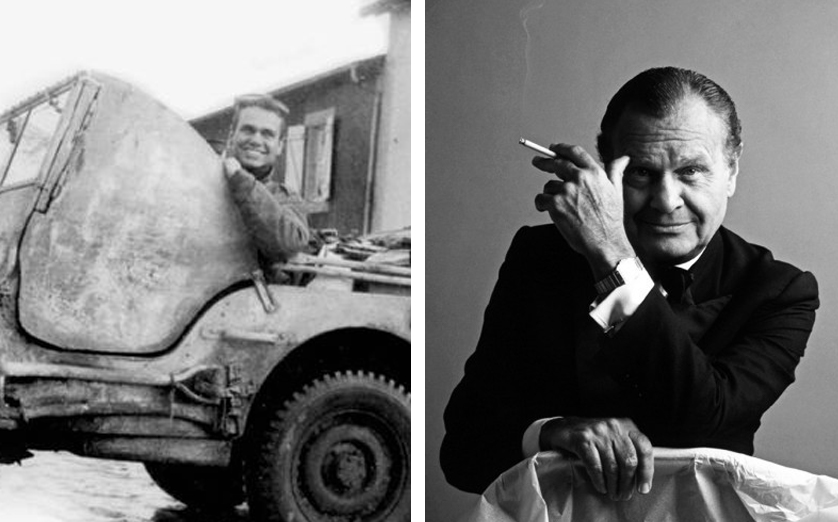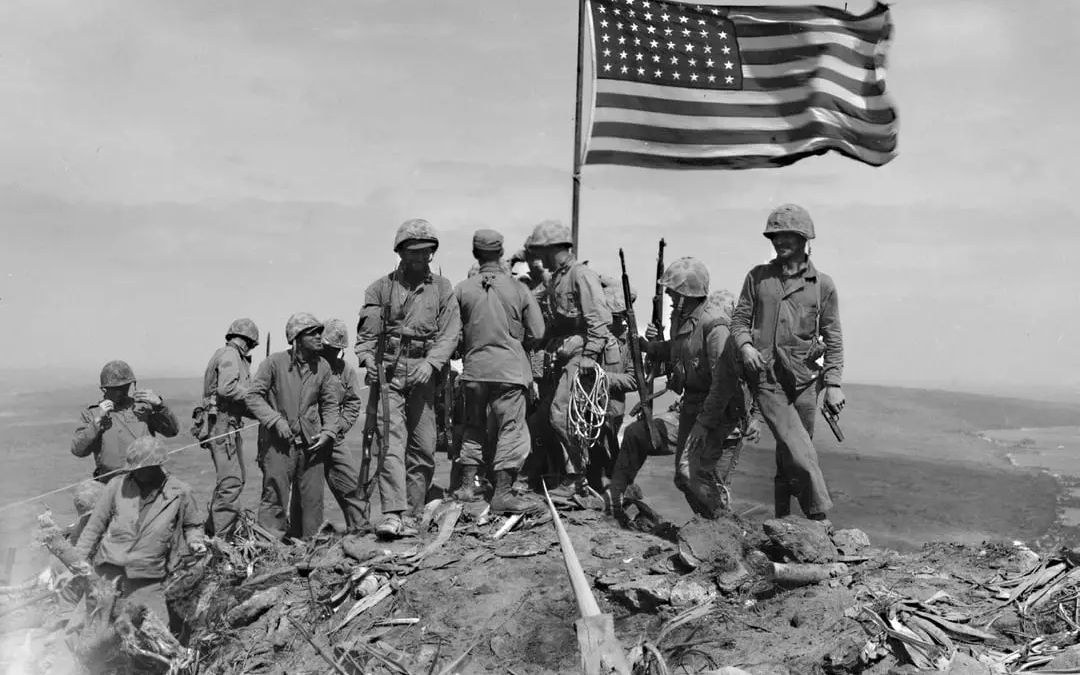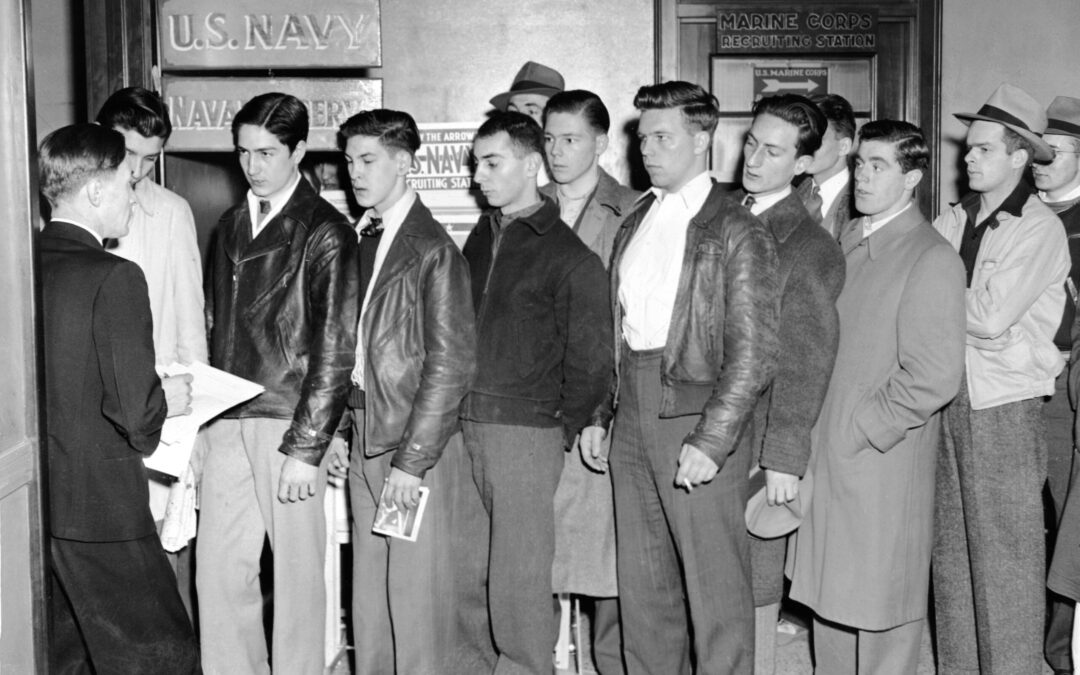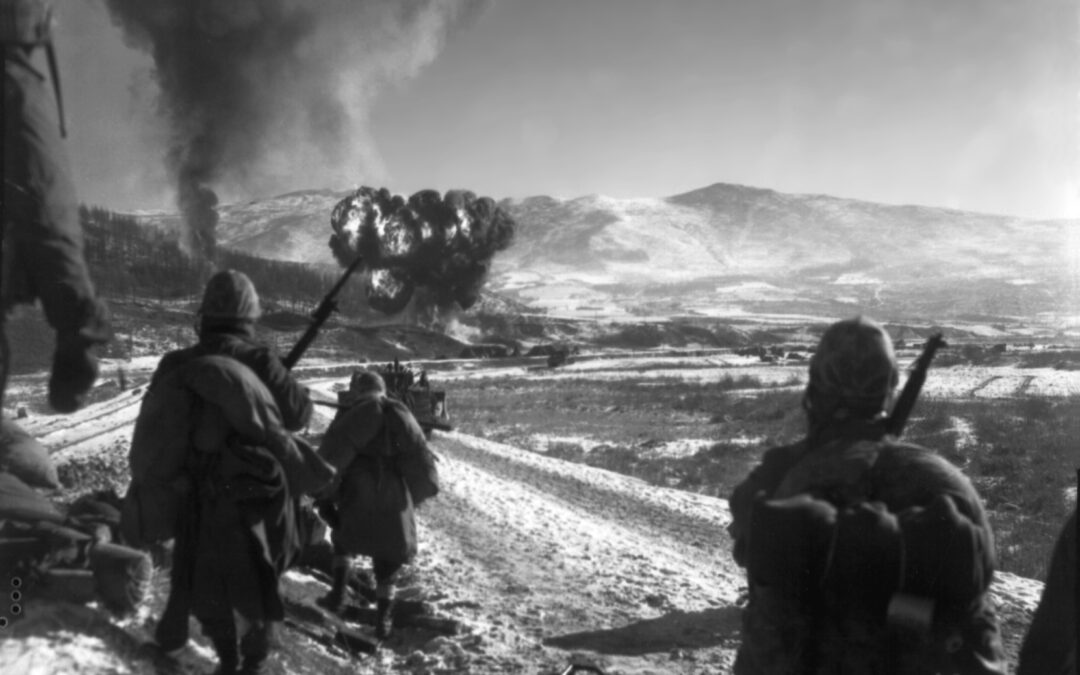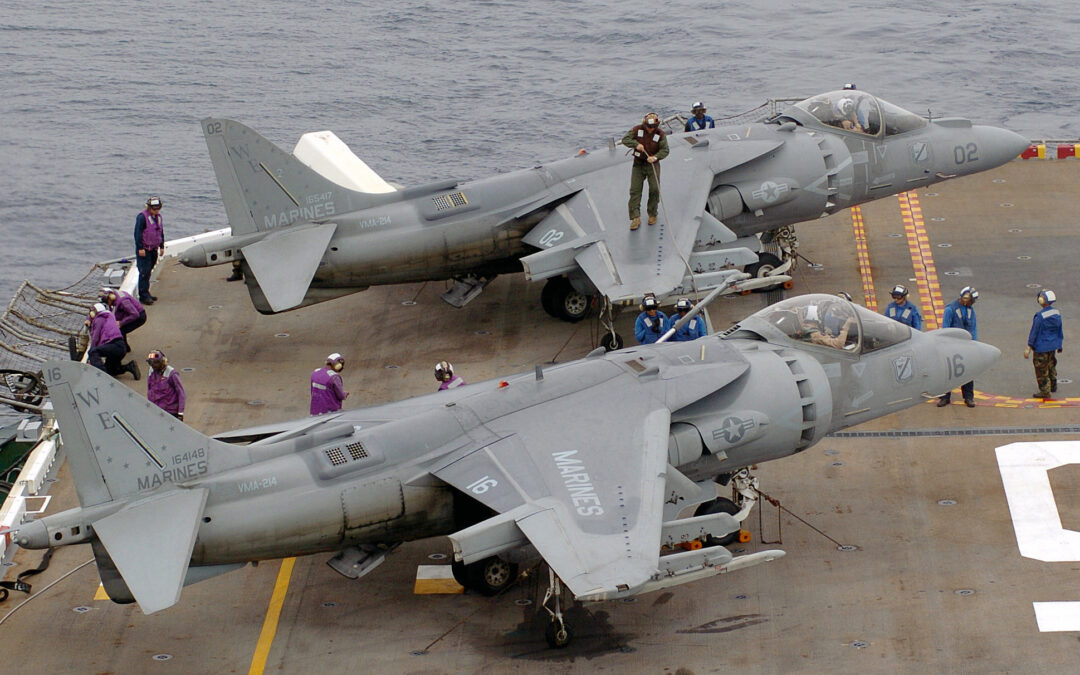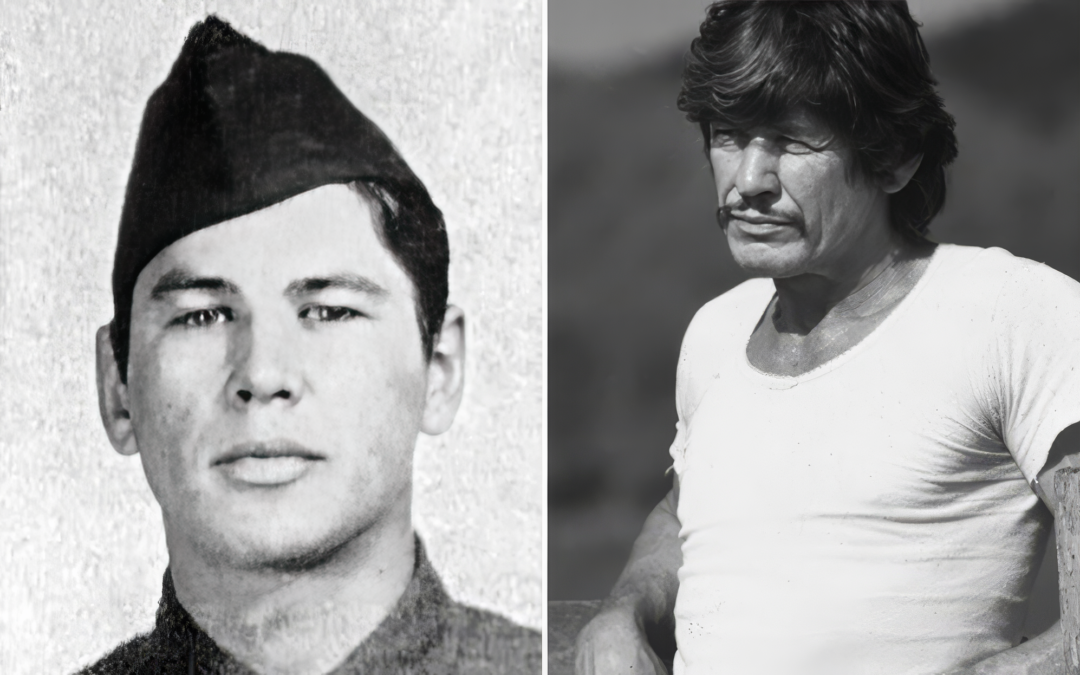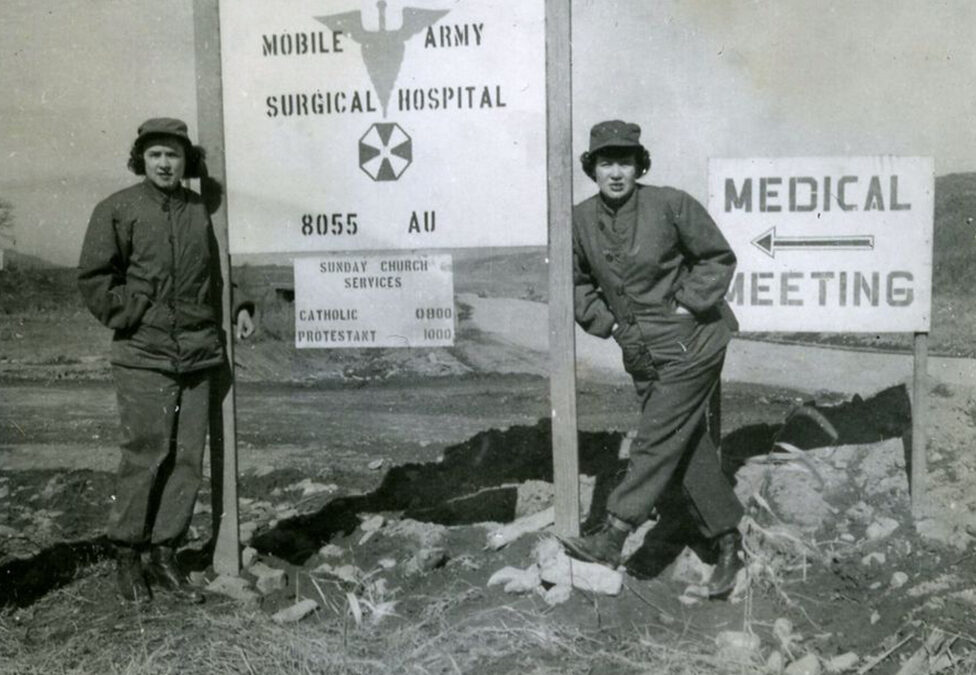The United States government organized the American Volunteer Groups to aid the Nationalist government of China against Japan in the Second Sino-Japanese War. The only unit to actually see combat was the 1st AVG, popularly known as the Flying Tigers. Air Force TWS to date lists thirteen remembrances for deceased members of this unit.

